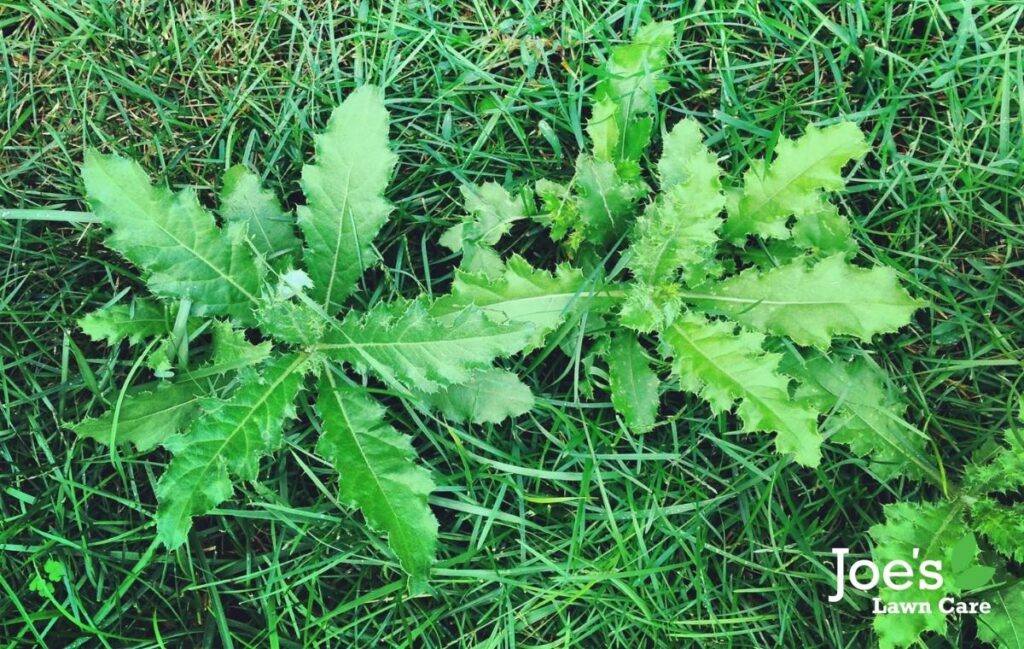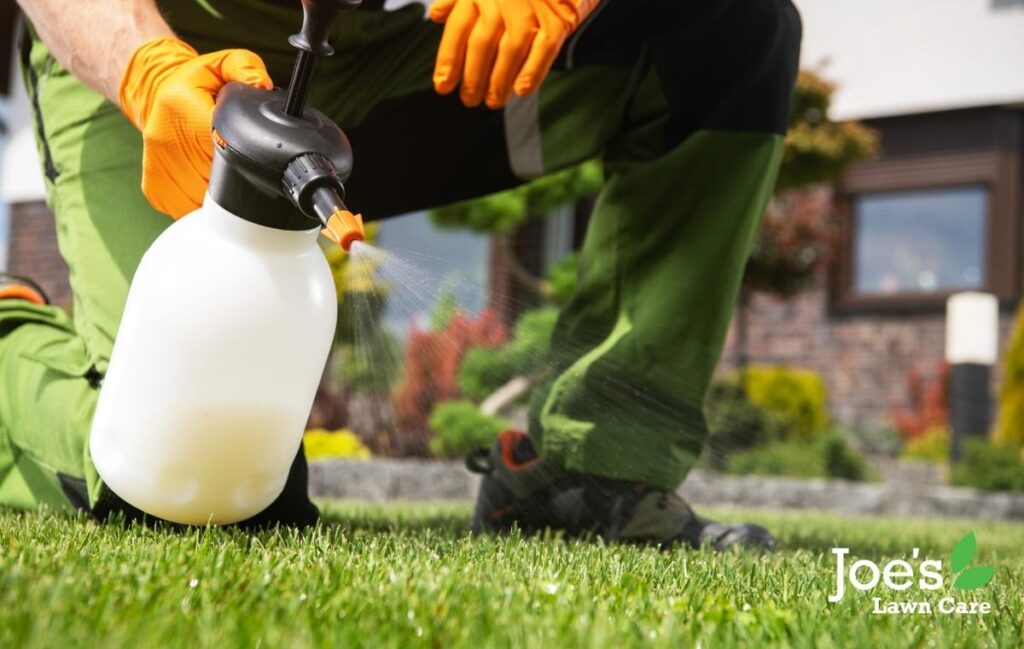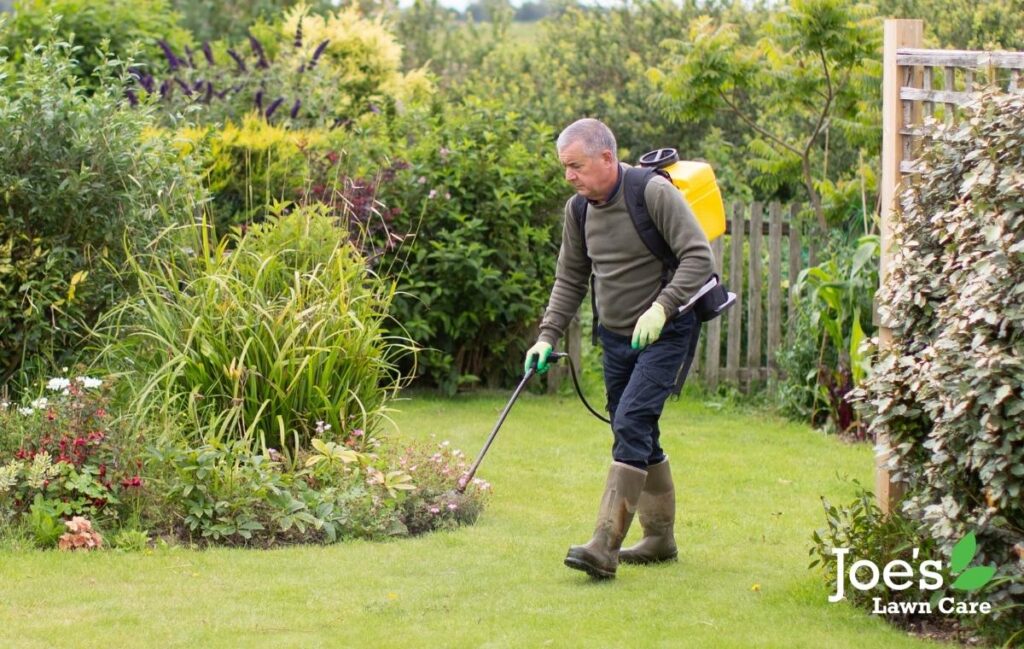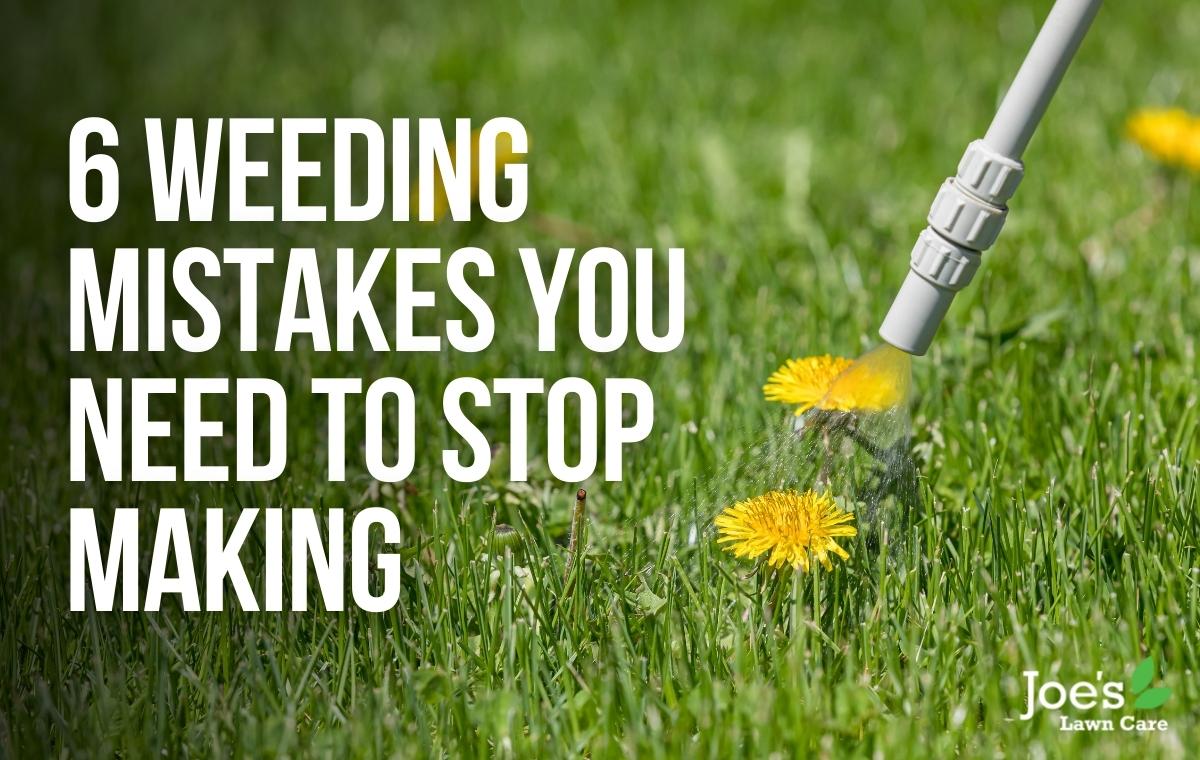6 Weeding Mistakes You Need To Stop Making
When it comes to a list of favourite chores, we’re pretty confident that weeding sits somewhere near the bottom of the pile, wedged nicely between scrubbing your toilets and grocery shopping with kids. That’s because weeding tends to feel like a losing battle from start to… well… that ever-elusive finish. Yet you’re probably clinging on to the hope that you will one day be weed-free because nothing is more satisfying that staring out of your kitchen window at a neat n’ tidy garden, void of any nasty weeds (especially at the end of the weed season).
But weeding is not just about aesthetics. It’s about giving your turf the best chance to grow strong and healthy, instead of having to compete with an invasion of undesirables for water, air, light and nutrients. But here’s the worst part: some weeds can actually spread diseases and encourage pests to run riot. So to help you get a jump on your weeds, we’ve pulled together a no-nonsense guide to the common 6 Weeding Mistakes You Need To Stop Making in the hope you’ll avoid them.

Make Sure You Know Your Enemy
The most part of the weeding process is to know what you are dealing with. Once you know that, you’ll be in a much better place to control them. For instance, knowing if they are perennial weeds, annual ones or even a biennial variety will help you understand exactly how to approach them.
What we mean by this is: the way in which you physically remove them. Take annuals for example. They can be controlled by simply cutting them off at ground level before they have a chance to seed, while perennials (and some biennials) will simply grow back using this method. So make sure you know what you’re looking at and then learn how they tend to spread, when they usually flower and, most importantly, when their seeds usually germinate.
Don’t Forget About The Seeds
Here’s the thing: most weeds like to spread out by making millions and millions of seeds; seeds that are able to lay dormant in your soil for months, sometimes years. Urgh. All they need is a little bit of sunlight and some nice moist soil and, voila, they’re ready to grow. Why are we telling you this? So that you understand why it’s so crucial not to disturb the soil too much when you’re dealing with weeds or else you might just set them off.
To stop this from happening, you have a few options. You can remove your weeds before they start seeding, put down a layer of mulch to prevent those dormant weed seeds from seeing daylight or simply apply a pre–emergent herbicide to wipe out any germinating seeds.

Always Follow The Instructions
Every weed killer is slightly different, which is why they should all be used correctly. That means reading the instructions on the label before you start using them. No filling a bucket and throwing wildly at your weedy area. No spraying them around on a windy day. And no, “Oh, this weed-killer will probably do.”
Instead, make sure you’re wearing protective clothing before you start (think goggles, masks, gloves and clothing that covers your bare skin, and then make sure you have picked the right weed-killer for your specific needs. To break that down a little more, there are selective herbicides that only kill broadleaf plants, non-selective herbicides that will kill anything in their way and a bunch of others too. Always know what you’re spraying.
Equip Yourself Properly
We totally get the temptation to just unleash your weed-whacker on everything you see. But don’t. That’s not going to do the job properly, or even half properly. You want to use the right equipment for the right weed.
For annual weeds, the best move is to cut off the weed where it comes out of the soil with a sharp hoe, being careful not to dig into the soil too deep or you might risk churning up some weed seeds.
For perennial weeds, however, we recommend waiting until the ground is nice and wet, and then using a cultivator to get down deep where the roots are, making it easier to pull the entire root out.
Stop Procrastinating
Remember how your Grandma used to always say, “Strike while the iron’s hot.” Well, she was right, especially if the context was weeding. That’s because the longer you leave your weeds to grow, the more they’ll spread. So as soon as you see them popping up, pull your weeds out. Seriously, we can’t tell you just how much time, effort, frustration and possible sweating this will save you.

Always. Wear. Gloves.
When weeding, gloves are your best friend. No. Scrap that. They’re your BFFs. Not only will they prevent you from getting a palm full of blisters as you hoe and rake your weeds, but they’ll also stop you getting a shock or rash every time you brush past a thistle, nettle or poison ivy. That’s what makes gloves so essential in the world of weeding.
Thanks for reading our guide ‘6 Weeding Mistakes You Need To Stop Making’. For more lawn care tips and tricks, follow us on Facebook and Instagram.





